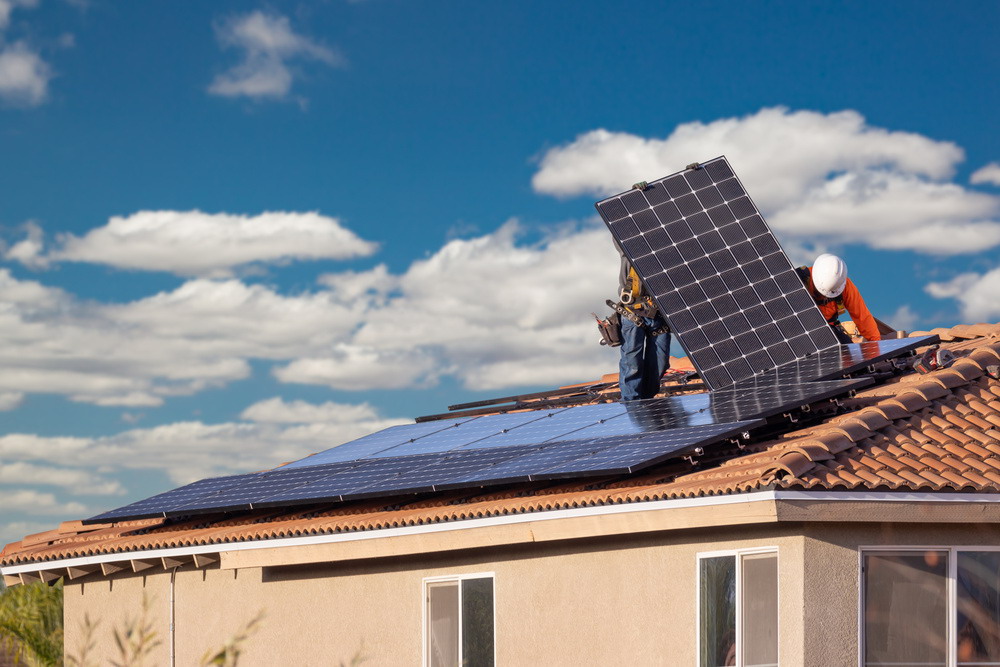Solar energy has become increasingly popular over the years, with many homeowners opting for this eco-friendly, cost-effective alternative. However, a common concern that many people have is what happens when there’s not enough sun to power the home.
Effects of Insufficient Sunlight
Reduced Power Generation
Without adequate sunlight, your solar panels will generate less electricity. This could lead to a shortfall in meeting the home’s energy needs, especially during cloudy days or seasons with shorter daylight hours.
Reliability Concerns
If you are relying solely on solar power, an inconsistent supply of sunlight can pose problems. For instance, you may face power outages or need to use backup energy sources, which might not be as eco-friendly.
Financial Implications
When your solar panels generate less electricity, you might not reap the expected cost savings on your energy bills. Additionally, depending on your energy agreement, lower production could affect financial incentives like net metering or feed-in tariffs.
Solutions for Inconsistent Sunlight
Energy Storage Systems
Battery storage
One solution for periods of insufficient sunlight is a solar battery storage system. The experts at Vivint Solar tell us that solar batteries store excess solar energy produced during sunnier periods, allowing you to tap into this reserve when sunlight is scarce.
Thermal energy storage
Thermal energy storage systems store excess heat generated by solar panels. This heat can be used to meet your home’s heating needs, even during periods of limited sunlight.
Hybrid Systems
Solar and wind
By combining solar and wind power, you can create a more reliable and consistent energy supply. When sunlight is insufficient, wind turbines can supplement your energy needs.
Solar and gas or diesel generators
In some cases, using a gas or diesel generator as a backup can help ensure a stable energy supply during periods of limited sunlight. Nevertheless, this option is less eco-friendly and may result in higher fuel costs.
Grid-Tied Solar Systems
Net metering
With a grid-tied solar system, you can draw electricity from the grid when your solar panels are not generating enough power. Under net metering, any surplus energy produced by the panels is sent back to the grid, effectively offsetting the energy you use from the grid during periods of insufficient sunlight.
Feed-In Tariffs
Similar to net metering, feed-in tariffs allow you to sell excess solar energy back to the grid. This can help compensate for the times when you need to rely on grid electricity due to insufficient sunlight.
Maximizing solar power production
Optimal Panel Installation
To make the most of the sunlight available, ensure your solar panels are installed at the best angle and orientation. You may also consider using a tracking system to follow the sun’s movement, maximizing sunlight exposure.
Regular Maintenance And Cleaning
Dirty or damaged solar panels can reduce efficiency, so it’s essential to keep them clean and well-maintained. Schedule regular inspections and cleaning to ensure optimal performance.
Monitoring And Optimizing System Performance
Monitoring your solar energy system’s performance can help you detect inefficiencies and take corrective action. Some systems come with monitoring software or apps, making it easier to track your system’s output and make necessary adjustments.
Conclusion
Understanding the limitations of solar power is essential when planning to power your home with this renewable energy source. While periods of insufficient sunlight can pose challenges, various solutions like energy storage systems, hybrid systems, and grid-tied solar systems can help maintain a stable energy supply. By maximizing solar power production through optimal panel installation, regular maintenance, and system monitoring, you can enjoy the benefits of solar energy even when the sun isn’t shining as brightly as you’d like.

